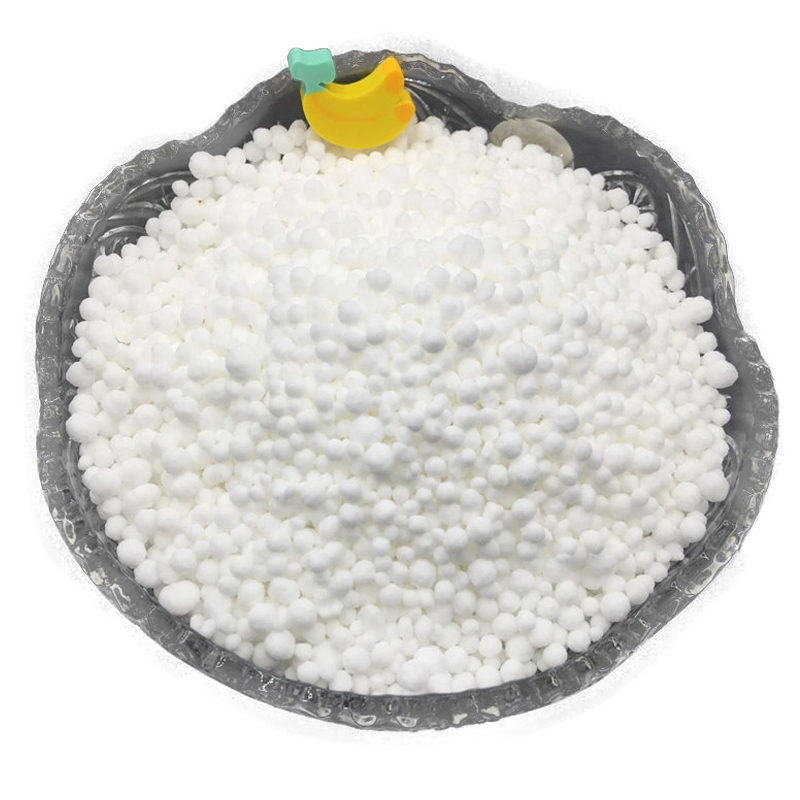
Nov . 10, 2024 22:27 Back to list
Analyzing the Expenses of NPK Fertilizer Production and Its Economic Impact
Understanding the Costs of NPK Fertilizer Implications for Farmers and Agriculture
NPK fertilizer, consisting of nitrogen (N), phosphorus (P), and potassium (K), is vital in modern agriculture. These three essential nutrients play a critical role in plant growth, enhancing crop yields and quality. However, understanding the cost of NPK fertilizer is crucial for farmers, agribusinesses, and the agricultural sector as a whole. This article explores the various factors that influence the costs of NPK fertilizers, their implications on agricultural practices, and potential strategies for managing these expenses.
The Composition of NPK Fertilizer
NPK fertilizers are formulated in various ratios, providing different concentrations of nitrogen, phosphorus, and potassium. Farmers choose specific formulations based on their soil nutrient requirements and crop needs. For instance, a fertilizer labeled as 10-10-10 contains equal parts of nitrogen, phosphorus, and potassium, while formulations like 20-10-5 indicate a higher nitrogen content.
The nutrient composition directly impacts the pricing of NPK fertilizers. Higher concentrations of these essential nutrients typically result in higher costs. Moreover, different production processes, such as the extraction of raw materials, manufacturing, and distribution, also add to the overall expenses. Understanding these elements is crucial for farmers aiming to optimize their input costs.
Factors Influencing the Cost of NPK Fertilizer
1. Raw Material Prices The prices of raw materials, such as ammonia, phosphate rock, and potash, fluctuate based on global demand, availability, and geopolitical factors. Any changes in these prices can have a direct impact on NPK fertilizer costs.
2. Production and Transportation Costs The cost of labor, energy, and transportation significantly affect the final price of fertilizers. As energy prices rise or logistical challenges occur, these increased costs are often passed on to consumers.
3. Market Demand Seasonal agricultural practices can cause fluctuations in demand. During planting seasons, demand for NPK fertilizers typically spikes, leading to potential price increases. Conversely, off-peak seasons may see reduced prices due to decreased demand.
4. Government Policies and Subsidies In some regions, government interventions in the form of subsidies or tariffs can impact fertilizer prices. Supportive policies can help lower costs for farmers, while tariffs on imports can increase fertilizer prices.
5. Environmental Regulations As governments increasingly focus on sustainability and environmental protection, regulations may impose additional compliance costs on fertilizer manufacturers. These costs could influence retail prices, as companies may need to invest in cleaner technologies or processes.
cost of npk fertilizer

Implications for Farmers
Understanding the cost structure of NPK fertilizers is essential for farmers to make informed decisions regarding their production strategies. High fertilizer prices can strain budgets, particularly for smallholder farmers with limited financial resources. In regions where agriculture serves as the primary livelihood, fluctuating fertilizer costs can lead to financial instability.
Farmers must also consider the return on investment (ROI) associated with using NPK fertilizers. While the upfront costs may be high, the potential yield increases and improved crop quality can provide significant long-term benefits. Therefore, conducting a thorough cost-benefit analysis is crucial before making purchasing decisions.
Strategies for Managing Fertilizer Costs
1. Soil Testing Conducting soil tests can provide vital information about existing nutrient levels, enabling farmers to apply the right amount of NPK fertilizers necessary for optimal plant growth. This practice prevents over-application and excessive spending.
2. Integrated Nutrient Management Combining NPK fertilizers with organic amendments and crop rotation can enhance soil health and reduce dependency on chemical inputs. This strategy can lead to cost savings while promoting sustainable practices.
3. Bulk Purchases Buying fertilizers in bulk can result in significant savings per unit compared to purchasing smaller quantities. Farmers can collaborate to purchase in larger volumes, thereby reducing individual costs.
4. Research and Development Staying informed about advancements in fertilizer technology and alternative nutrient sources can help farmers optimize their input costs. Innovations such as slow-release fertilizers or precision agriculture techniques can enhance efficiency.
Conclusion
The cost of NPK fertilizers is influenced by a myriad of factors, from raw material prices to governmental policies. For farmers, understanding these dynamics is critical to making astute financial decisions and managing agricultural inputs effectively. By adopting strategies such as soil testing and integrated nutrient management, farmers can mitigate the impact of rising fertilizer costs, ensuring the sustainability and profitability of their operations. As global agriculture grapples with challenges such as climate change and rising input prices, the pursuit of efficient and sustainable fertilizer solutions will remain a top priority in securing food security for future generations.
-
10-10-10 Organic Fertilizer - Balanced NPK Formula
NewsAug.02,2025
-
Premium Organic Manure Compost for Eco Gardens
NewsAug.01,2025
-
Organic 10-10-10 Fertilizer | Balanced Plant Nutrients
NewsJul.31,2025
-
Premium Amino Acid Fertilizer | Rapid Plant Growth Booster
NewsJul.31,2025
-
10 10 10 Fertilizer Organic—Balanced NPK for All Plants
NewsJul.30,2025
-
Premium 10 10 10 Fertilizer Organic for Balanced Plant Growth
NewsJul.29,2025
